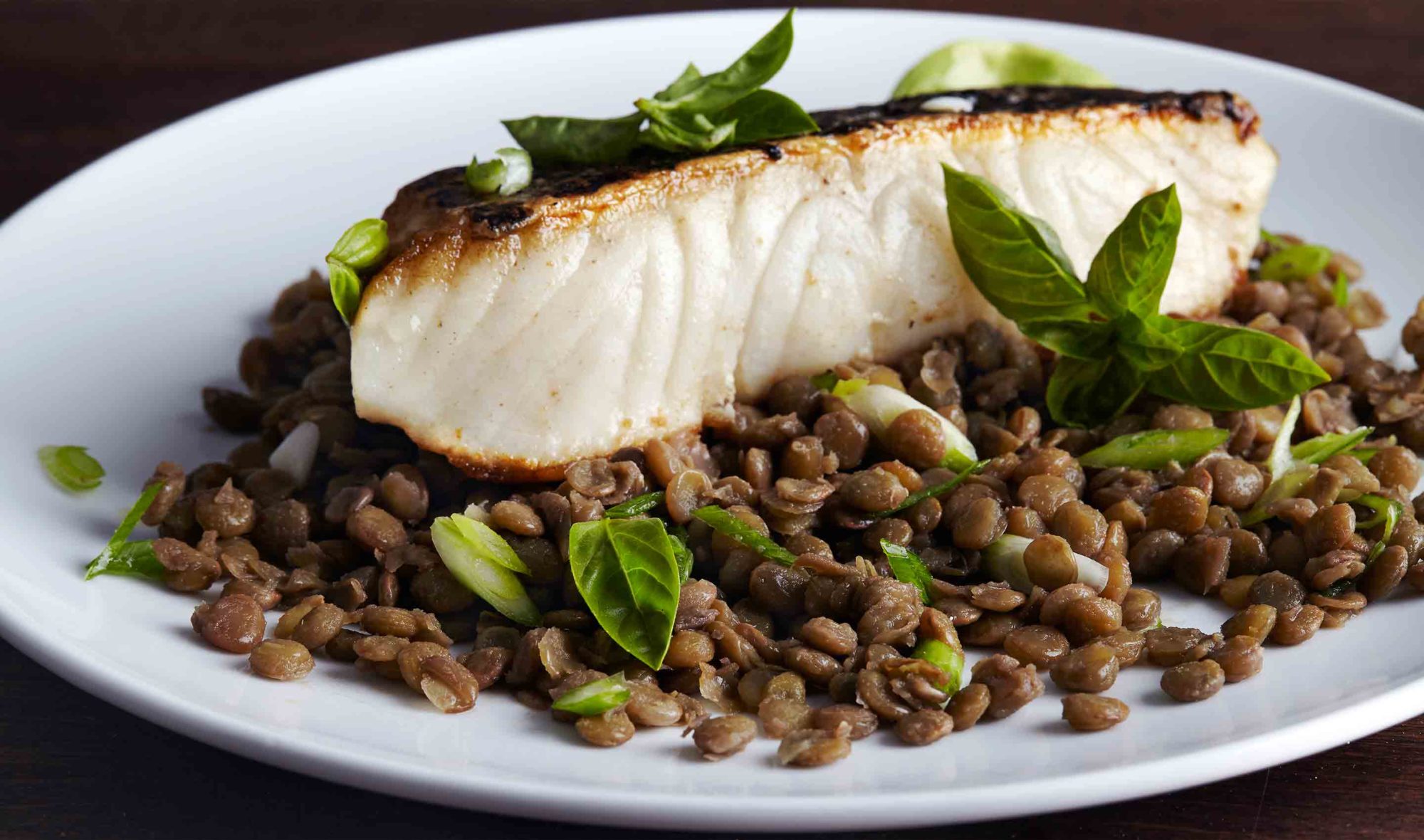
🎁 Holiday Special: SAVE 52% on the Nutrition Coach Starter Package. Limited number remaining.

🎁 Holiday Special: SAVE 52% on the Nutrition Coach Starter Package. Limited # left.

Protein structure is made up of amino acids, which group together to form chains. The amino acids in protein are very important to our bodies: they are responsible for things like our body’s structure (muscle building), our hormones, our enzymes, and our immune chemicals. Good sources of protein include meat, seafood, eggs, and legumes.
Proteins are made up of carbon and hydrogen molecules arranged in specific ways. Proteins also contain nitrogen as part of their amino group.
The smallest unit of protein is the amino acid. All amino acids have four main characteristics:
When amino acids are joined together, they form what are called peptides or peptide chains. These peptide chains, or groupings of amino acids, make up the primary protein structure.
But most proteins aren’t just long chains of amino acids. Rather, these chains form secondary, tertiary, and quaternary structures. While each protein is considered a separate sub-unit, the entire protein structure (whether secondary, tertiary, or quaternary), is necessary for optimal function within the body.
Most proteins come in complex secondary, tertiary, and quaternary formation. However, because these proteins are digested into small peptides and amino acids, we evaluate protein quality based on amino acid content, not structural formations. In other words, in the diet, the primary structure, or the unique grouping of amino acids, is the most important.
The body has the ability to make 12 amino acids, known as non-essential amino acids. However, 8 amino acids can only be supplied by the diet. That’s why we call them essential amino acids.
Amino acids that make up our proteins are responsible for:
Protein dominant foods include:
Protein is key in muscle-building, so if you’re not getting adequate protein you may find it difficult to build or maintain muscle mass, and you may feel weak or tired.
Other symptoms of a low-protein diet may include:
An extreme, sustained lack of protein is called Kwashiorkor, a form of undernutrition, which can lead to critical health issues and even death.
However, your individual response could be different. If you suspect a health problem or deficiency in certain nutrients, please see your primary health care provider (doctor, naturopath, etc). They can help unravel the complexity of your physiology.
Too much protein can cause the following health concerns:
A regular excess of protein could also lead to increased calorie consumption, which could cause weight gain.
However, your individual response could be different. If you suspect a health problem or an excess of certain nutrients, please see your primary health care provider (doctor, naturopath, etc). They can help unravel the complexity of your physiology.
Note: Protein toxicity is a risk for those with impaired kidney function. In this case, protein toxicity could lead to kidney failure and even death. If you have kidney disease/renal failure, get help from your doctor and/or dietician to understand how much protein is appropriate for you.
For recipes rich in protein, check out any of the Encyclopedia of Food entries for food items listed above.
Precision Nutrition’s Encyclopedia of Food expands every single month as we highlight new foods and showcase beautiful food photography. If you’d like to stay up to date, simply click this link. From there, we’ll send you a FREE copy of our recipe book. We’ll also let you know when new and delicious foods are added to the site.
Protein structure is made up of amino acids, which group together to form chains. The amino acids in protein are very important to our bodies: they are responsible for things like our body’s structure (muscle building), our hormones, our enzymes, and our immune chemicals. Good sources of protein include meat, seafood, eggs, and legumes.